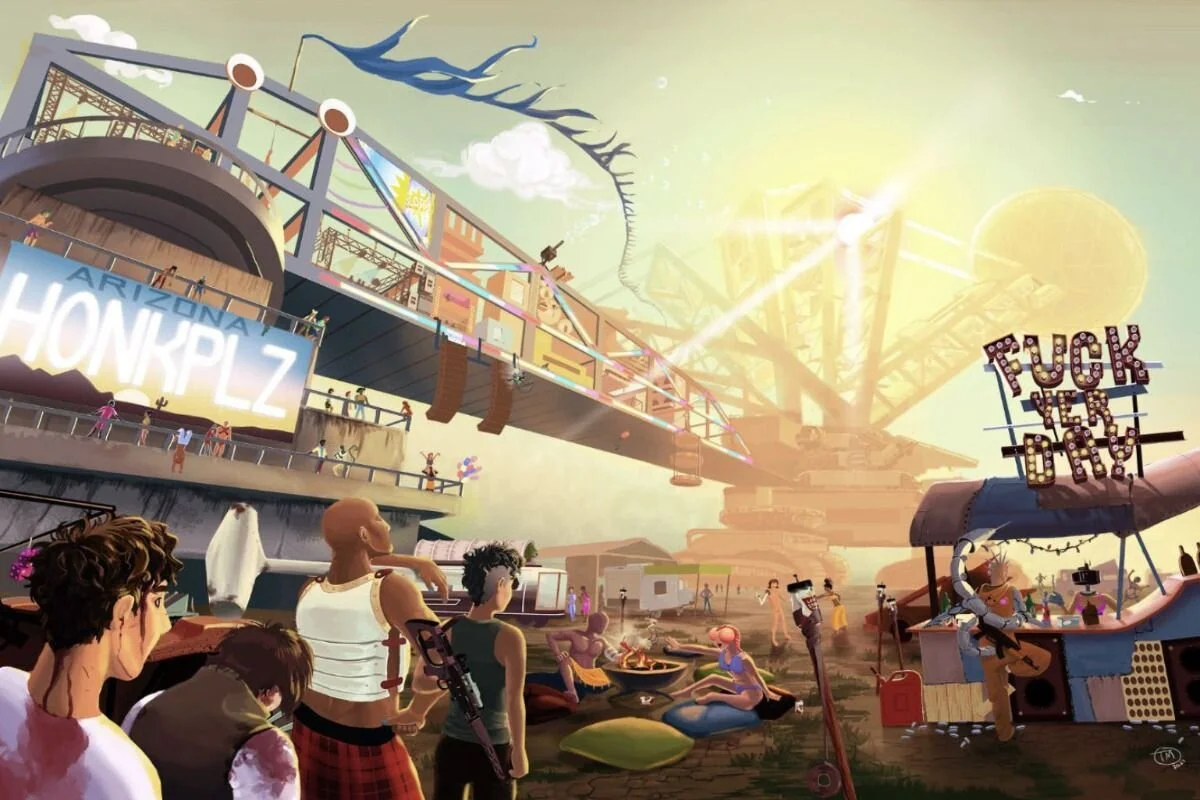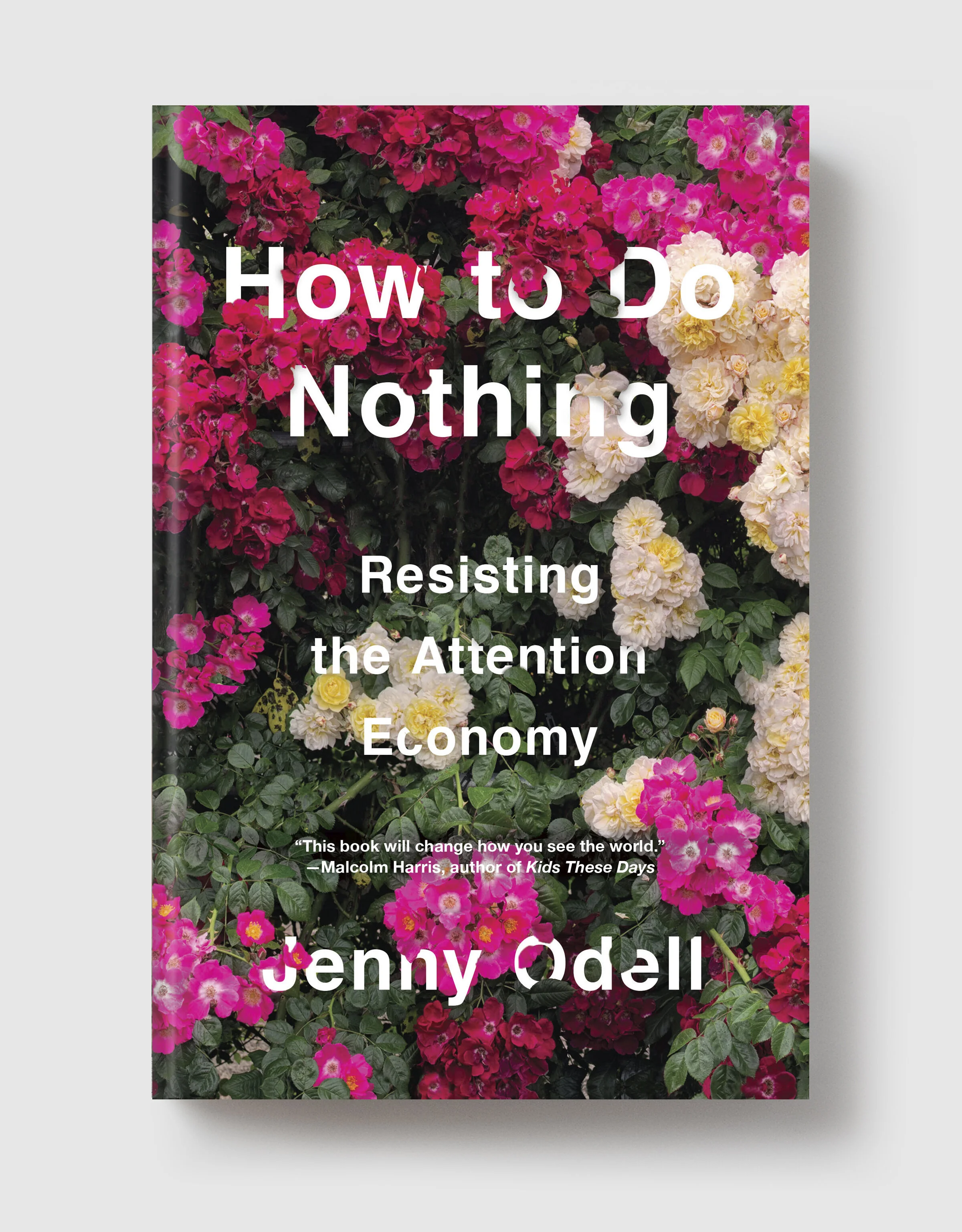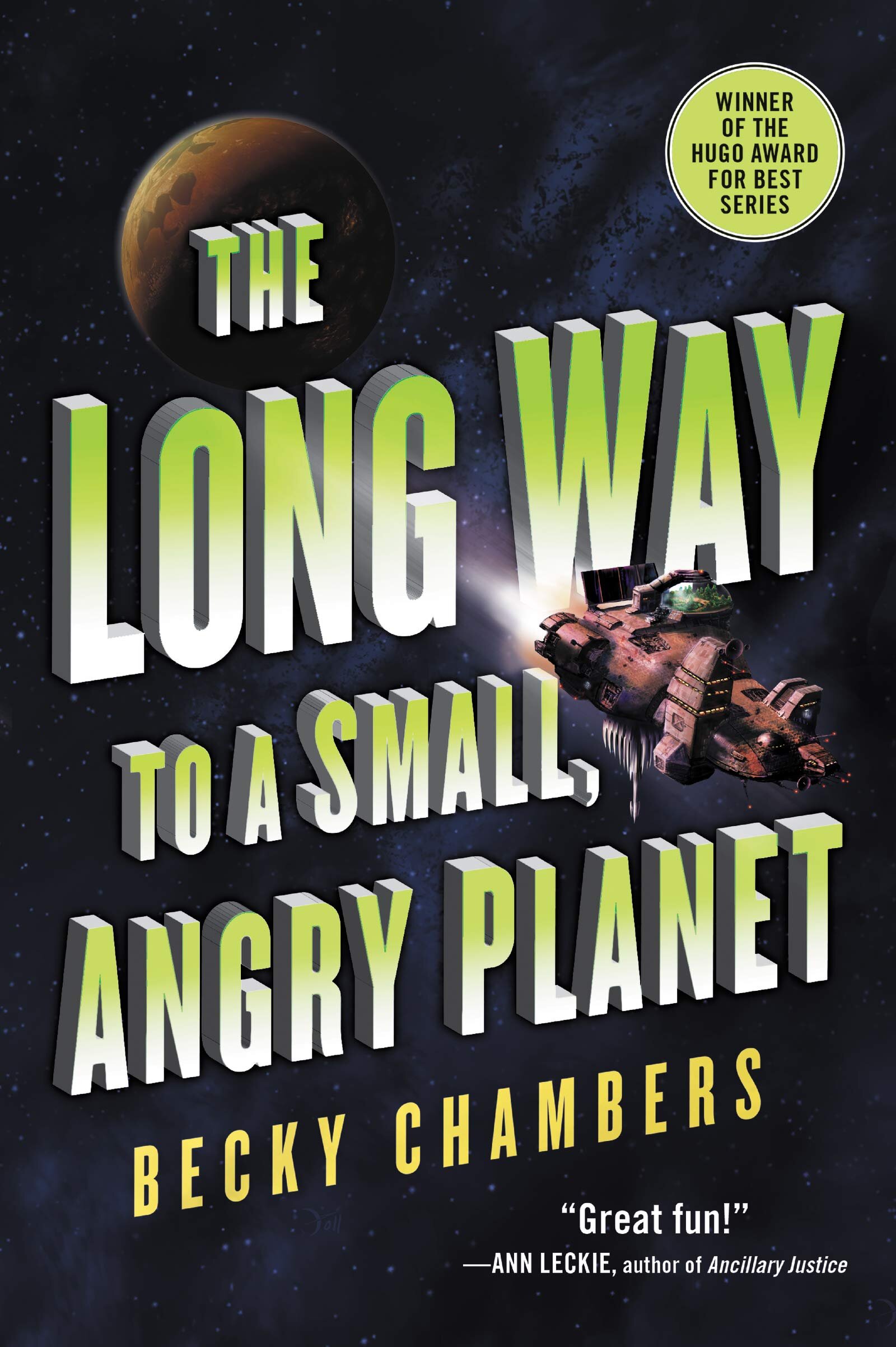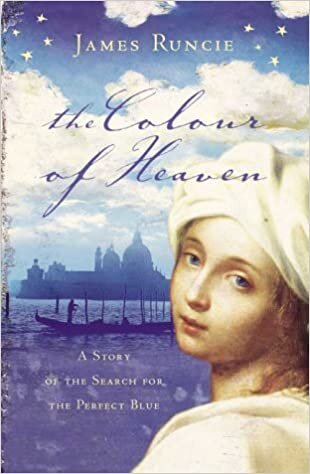Edgar's Book Round-Up, August 2021
Here we are again! The summer drags, kicking and screaming, to its close; I once again have only the worst tan lines; the kiddos are going back to school, and if you’d like to help them have good stuff to read there, please consider this option. More horribly, Texas passed a truly vile piece of legislation while the Supreme Court unsurprisingly failed to block; I would highly recommend seeking out a reproductive justice organization and doing what you can to help them, because I anticipate similar fuckery will swiftly follow elsewhere.
Most of the book titles should go to our Bookshop.
※
This one might be a bit of an edge case, but the first book I finished in the month of August was Robert Evans’ fiction debut, After the Revolution, which I enjoyed in audio form. The novel follows three protagonists: Manny, a young stalker in the Tarkovsky sense, who guides journalists through the unstable Republic of Texas; Sasha, who runs away from her privileged life in what’s left of the US as we know it to join a Christian dominionist militia; and Roland, a heavily-modified former super soldier, who wants his past to remain a mystery even to himself. When said Christian dominionist militia suddenly unleashes a military assault on the other parts of Texas, the three will find their lives intertwined in ways they could not have anticipated.
An illustration of Rolling Fuck, from the GoFundMe for a sequel.
It may not be the best novel I’ve ever read, but my god, is it entertaining, thought-provoking, and, as one might expect from Evans, horribly plausible. His audio performance, unsurprisingly, is delightful, furnished with just enough sound effects to assist with an immersive experience, but never to a distracting degree. It also activated the buried part of me that read a children’s version of In His Steps: “What Would Jesus Do?” by Charles Monroe Sheldon: ideology proudly on its sleeve, it nonetheless compels the reader with its pacing and its plot, while its characters are developed just enough to keep the reader invested. I don’t mean this in a derogatory way — there’s only so many ways to write novels that are also about politics and religion, at least that close to the surface, and there are far worse ones that could spring to mind. (No one that I know who’s read it actually liked What Is To Be Done?, after all.) But beyond that, After the Revolution also gave me that oh-fuck chill that I got from Liberation: Being the Adventures of the Slick Six After the Collapse of the United States of America by Brian Francis Slattery — both novels are written by guys who generally know what they’re talking about in terms of how states collapse, and while Slattery’s is much more stylish, Evans’ workmanlike prose nonetheless gets the job done. I really enjoyed it.
The cover, courtesy its publisher.
I next finished The Fall, the second novel in the Strain trilogy by Guillermo del Toro and Chuck Hogan. I’ll talk more about it when I come to the third novel, which will also be covered in this round-up, but that brings me to a book I’ve scarcely stopped talking about since I started it: Jenny Odell’s How to Do Nothing: Resisting the Attention Economy.
Don’t be mislead by the title. How to Do Nothing sounds like the name of a self-help book, albeit maybe a tongue-in-cheek one, and was certainly packaged like one. But, as Odell makes plain from the first pages, How to Do Nothing is more about artistic practice, public discourse, bioregionalism, and taking the time to actually pay attention to stuff. Odell, a working artist whose medium includes digital interventions and video, takes as a jumping-off point the well-known fact that social media websites, especially in their app forms, are designed to get our attention and keep it, however shallowly, for as long as possible in the interests of selling stuff to us. Needless to say, this isn’t great — but as Odell notes, for a variety of reasons, completely disconnecting from social media may not only be impossible for some people, but may not even be entirely desirable. So what do we do?
Odell answers this question in a number of ways, but the key takeaway is that, instead of allowing social media to charge us for their services with our attention, we ought to pay attention to things that really matter to us. She discusses process artworks, birdwatching, and, of course, a certain amount of disconnection — but, perhaps surprisingly, she suggests doing this thoughtfully, with focus on where and how new technologies can help us to actually do what they purport to do and connect us with others in meaningful ways. But I’m not doing a great job of summarizing the book, which is truly worth the time to read (and the irony of reading it in ebook form on my cell phone is not at all lost on me). It also, I am delighted to report, introduced me to Mierle Laderman Ukeles, with whose work I am now fascinated.
The cover of the version I read.
I next finished Wind/Pinball: Hear the Wind Sing and Pinball, 1973, which collects into one volume (or, for my purposes, audiobook) Haruki Murakami’s first two novels. Both are extremely short — barely more than novella-length — and both find a certain focus around the character of The Rat, an existentially-struggling young man living in a sleepy coastal town. Both stories meander quite a bit, with a lot more vibes than plot, but both show early signs of, or gestures towards, imagery that would become iconic parts of Murakami’s oeuvre.
Honestly, the novels were fine; the introduction was what really made the whole thing for me. In it, Murakami reflects on his arrival at a writerly identity, first as an aspiration and then as a distinct style choice. Of interest, too, was the main character of Pinball, 1973’s career as a translator. Translation is, of course, an art near and dear to me, so it was fun to see Murakami in his first literary blush exploring the topic. While they’re not his best works (my vote there goes to Hardboiled Wonderland and the End of the World), they were still a lot of fun, a portrait of the artist as a young man.
The cover of, I think, the hardback, which makes excellent use of all that text.
I next finished, in ebook form, Becky Chambers’ much-lauded The Long Way to a Small, Angry Planet, which has, if nothing else, one of the better titles I’ve encountered in a while. The novel centers largely on Rosemary, a young woman on the run from her birth family, as she finds a new family, in the form of the crew of the Wayfarer, a ship that makes wormholes to enable interstellar travel. It’s a pretty loose center: Chambers allows the narrative to follow whoever is most interesting at the moment, and the galaxy she gives us is a large and interesting one — not least because, in her vision, humans are far from a dominant power.
Chambers’ work has been recommended to me often, and this novel in particular seems to hold a place in people’s hearts, for reasons broadly outlined in this Tor.com review. I can understand why: its slow-burning focus on character relationships is very tender and gentle, offering an almost utopian vision of normalized care. I’ve heard it characterized, too, as “cozy SF,” which is a tantalizing prospect — but it just didn’t do it for me. The story was really cool once it finally happened, but that was almost half-way through the novel; for all many of the details were geared towards and impression of comfort, I found them kind of cloying in a way that Psalm for the Wild-Built avoided. But I don’t know: my comfort media is edgelord shit like Moral Orel, and I found the version of positive character interactions in the MurderBot Diaries preferable to what Chambers gives us here, which sometimes feels like everyone’s got a DBT workbook under their pillow. In all honesty, I will probably still read the other books in the loose series, but this particular entry left me a little cold.
This ostensibly shows the covers of all three volumes, but I have never seen such an edition, and honestly, I ganked this from Amazon.
After that, I finished The Night Eternal, the third and final entry in Guillermo del Toro and Chuck Hogan’s Strain trilogy, which I first began last year. While the first two follow pretty directly upon one another, detailing the rise of the Master, a rogue vampire lord, to world domination, The Night Eternal picks up a few years into the vampire apocalypse as the gang (minus Abraham Setrakian, the Van Helsing-esque Holocaust survivor-turned-vampire hunter) set about trying to defeat their once-human nemeses.
Look, there’s a lot to unpack with this series: despite being less than fifteen years old, elements of the novels feel dated, especially in their portrayals of women and people of color. The main character, Ephraim Goodweather, and his shitty ex wife and their shitty kid, are three of the absolute least compelling characters I’ve encountered in a long time, and I actively wished them ill every time they appeared; Eph only became marginally tolerable in the third book, where he appears less as CDC-guy-trying-to-save-the-world-from-the-vampire-plague and more as an unstable, broken husk of a man, distrusted by his friends and alienated from what good there may be in the world. The entire nature of the vampires and the vampire plague is gross as hell, and the novels clearly take a great deal of delight in this, spending lingering sentences on worms crawling under people’s skin, vampire excreta reeking of ammonia, the fact that the vampires can’t throw up as a plot point, et cetera. Vasily Fet, the rat-catcher who took a little too readily to the end of the world, continues to be the best and most interesting character in the series, though Quinlan, a mysterious, vampiric guy, gives him a run for his money in the latter half. Fet also justifies a lot of infodumping about New York City’s history and geography, and for once, it didn’t bother me. And certain elements were horribly prescient (the remarks in The Night Eternal, for example, about most people just going to work and then going home and eating bad food and watching reruns night after night was a little too real).
Are these the best books I’ve ever read? Absolutely not. Should I be worried about how strangely comforting I find stories about plagues and pandemics right now? Maybe. Was the Strain good enough and also fun as hell? Ultimately… yeah, I think it was.
The cover of the novel, which is fine, I guess.
I next read The Colour of Heaven by James Runcie, which was a gift from my mother (though since I couldn’t find it on Bookshop, this link goes to the author’s website). She recommended it on the basis that it reminded her of Karen Cushman’s classic YA historical fictions, Catherine Called Birdy, and Matilda Bone, both of which both of us loved. This novel follows Paolo, adopted as an infant by a Venetian glassblower and his wife, who is unable to follow in his father’s trade due to his profound nearsightedness. He makes up for it, however, by developing a profound eye for color, leading to his apprenticeship to a Sienese painter, who ultimately dispatches Paolo to bring back a measure of lapis lazuli, to paint the robe of the queen of heaven.
Dream-like and softly-focused as the world without glasses, The Colour of Heaven moves through its early-fourteenth-century world with ease, showing enough period detail to ground the setting, but never getting bogged down in it. Paolo is a youthful blank slate, and his interactions with his travelling companions — Jacopo, a Jewish jade merchant, and Salek, his Muslim friend and guide to the dangerous overland route to China — felt delightfully real, as the older men seek to safeguard Paolo’s virtue and teach him the ways of the world. As an aside, it is curious to me that several of the Goodreads reviews of this novel mention having found it by chance and at second hand, because it is, frankly, the perfect book to find that way. It is a gentle surprise, and a thoughtful reflection on sight, color, glass, and faith.
I will remark here that my local library started getting ebook versions of The Heroic Legend of Arslan by Yoshiki Tanaka and Hiromu Arakawa, which I am reading because I have an unhealthy attachment to Fullmetal Alchemist. There’s also a bunch of volumes already and they take me about an hour to read, so I’m making a note here that I am beginning the series now, and we’ll talk about it again when I get to a reasonable stopping point.
Honestly, this truly delightful cover design is half of what convinced me to read this.
Which brings me to the final entry in this book round-up, Mort(e) by Robert Repino, which I read in audiobook form from my local library, and which tells the story of Mort(e), formerly the housecat Sebastian, as he and pretty much all other mammals are granted human-equivalent levels of consciousness and knowledge (and fingers) thanks to a hormone released by a vast conspiracy of ants, arranged over millenia by the ultimate ant queen, to overthrow the human stranglehold on the world.
I cannot stress this enough: it does not become less batshit as the plot unfolds from the premise. It just does not do that. Quite frankly, it read much more like some of the better bizarro I read, back when anyone gave a shit about bizarro. Which is not to say it’s not good: the characters are compelling, and Repino handles anthropomorphized animals in a way that manages to never become furry shit, but rather stays in the realm of more-or-less believable animal characters which humanlike capabilities. He also does a good job of following through on palpably absurd propositions (like the entire premise) and letting them play out in a logical way, as well as capturing that specific type of weirdness that makes you feel like you need a shower. But the whole time I was reading the novel, I couldn’t shake the thought that it would not have appeared — and certainly not from a relatively conventional press like Soho — were Repino not also an editor at the Oxford University Press. Still, though, it was a lot of fun, and I’m looking forward to laying hands on the two follow-up novels, the third of which came out just last week (and I guess it’s with Penguin Random House now).
※
That brings me up to the end of August. I’ve got some good stuff on my plate right now, but we’ll talk about that later.







